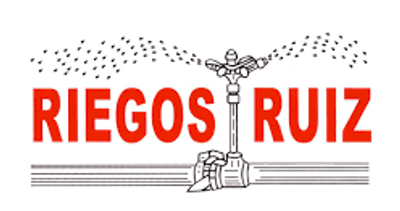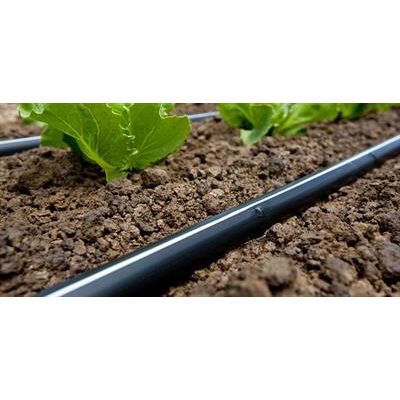

- Home
- Companies
- Riegos Ruiz
- Products
- Drip Irrigation Technology

Drip Irrigation Technology
Drip irrigation technology uses controlled amounts of water proportionally to the soil`s absorption capacity and evapotranspiration that occurs near the plant. This system is especially suitable for horticultural crops: vegetables, greenhouses, gardens, vineyards and orchards, as well as flowers, corn, etc. with the possibility of a high degree of mechanization. The operation of this system is based on the distribution of water uniformly at points near the plants, slowly, drop by drop, at a speed and frequency adapted to the needs of the plant, with the strict possibility of compensating evapotranspiration, which allows a thorough control.
The drip irrigation system provides a special health with respect to other irrigation methods due to:
- by not dampening leaves or fruits, reduces diseases and epidemics
- low atmospheric humidity helps eliminate the onset of fungal diseases
- Pesticides fuse with water during irrigation thus prolonging their time of action and reducing the number of treatments applied. Therefore, the amount of chemicals used
- due to irrigation located at specific points, it helps reduce weed density and its development
Drip irrigation is a method easily adaptable to any terrain, being a uniform and effective method on rugged or sloping terrain.
Due to the slow movement of water to the ground, the air is almost completely eliminated during water penetration. The micropores of the soil, in general, remain dry and the humidity level is only slightly higher, with the exception of the area where the dripper is operating. This allows the soil and plant roots to have adequate oxygenation throughout the season, without any bottlenecks during or immediately after irrigation.
It can be used for 24-hour irrigation, regardless of extreme situations. Always, taking into account the permeability of the land and the requirements and needs of the plant.
Peripheral water loss is completely eliminated.
The soil temperature remains high during irrigation, which leads to early maturity of the crops; made of great importance for irrigation in greenhouses.
This irrigation system uses low pressures (from 0.3 to 1.05 atmospheres), which generates a lower energy consumption used for pumping water, thus avoiding the damage caused by water at work at high pressures.
